March 2023
By Kelsey Davenport
The International Atomic Energy Agency (IAEA) detected uranium enriched to just shy of weapons-grade levels at a facility in Iran, but Tehran denied that it had made a decision to increase its enrichment levels.
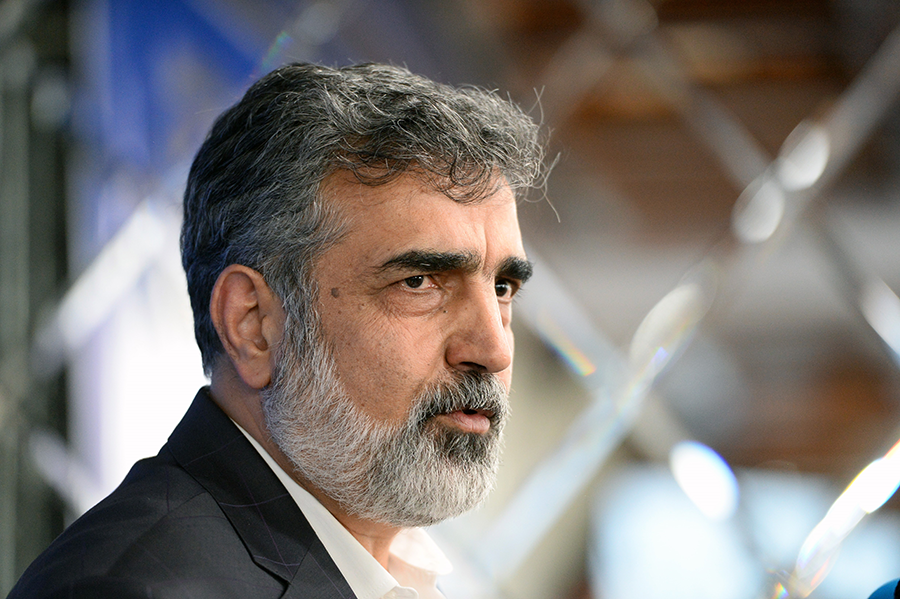 Bloomberg first reported on Feb. 18 that samples taken by IAEA inspectors included uranium enriched up to 84 percent uranium-235. Uranium enriched to that level is just shy of the 90 percent level commonly defined as weapons grade, but still could be used for building a weapon. But news reports suggested that Iran is not accumulating uranium enriched to this higher level. The IAEA did not confirm the reports, but said on Feb. 19 that it is “discussing with Iran the results of recent agency verification activities.”
Bloomberg first reported on Feb. 18 that samples taken by IAEA inspectors included uranium enriched up to 84 percent uranium-235. Uranium enriched to that level is just shy of the 90 percent level commonly defined as weapons grade, but still could be used for building a weapon. But news reports suggested that Iran is not accumulating uranium enriched to this higher level. The IAEA did not confirm the reports, but said on Feb. 19 that it is “discussing with Iran the results of recent agency verification activities.”
Behrouz Kamalvandi, spokesman for the Atomic Energy Organization of Iran (AEOI), denied that Iran is enriching uranium beyond 60 percent U-235. He said on Feb. 19 that “the existence of uranium particles above 60 percent in the enrichment process does not mean” Iran is enriching above that level. Iran began enriching uranium to 60 percent U-235 in April 2021. (See ACT, May 2021.) Uranium enriched to that level technically can be used for nuclear weapons, but the device would be large and bulky.
Although it is possible that Tehran did not intend to enrich uranium to 84 percent U-235, the Iranian government has threatened to increase uranium enrichment to 90 percent U-235 as part of its campaign to build leverage during the impasse in negotiations to revive the 2015 nuclear deal, known as the Joint Comprehensive Plan of Action (JCPOA).
Indirect negotiations between the United States and Iran over restoring the JCPOA stalled in August and show no sign of resuming despite Iran’s expanding nuclear program. (See ACT, October 2022.)
Prior to the reports regarding the 84 percent-enriched U-235, IAEA Director-General Rafael Mariano Grossi urged a resumption of diplomacy to restore limits on Iran’s nuclear program, warning that the nuclear situation will “get worse” without dialogue.
Speaking at Chatham House on Feb. 7, Grossi said it is not his place to say if the diplomatic process to restore the JCPOA is “alive or dead,” but acknowledged that the loss of visibility into Iran’s nuclear program is worrying. Grossi said he needs to visit Tehran soon to discuss the monitoring issues.
Iran began reducing IAEA access to its nuclear facilities in February 2021 as part of an effort to push the United States into returning to the JCPOA.
There will be “instability” if the agency “cannot tell the world that the nuclear program in Iran is completely for peaceful use,” Grossi said. The IAEA also has raised concerns that the monitoring gap will make it difficult to reconstitute a record of Iran’s nuclear activities and verify certain limits if the JCPOA is restored. (See ACT, October 2022.)
An IAEA report on Feb. 1 also underscored the challenges the agency faces in monitoring Iran’s nuclear activities. It said that IAEA inspectors noticed a change in the configuration of IR-6 centrifuge cascades enriching uranium to 60 percent U-235 during a Jan. 21 visit to the Fordow enrichment facility that was “substantially different from the mode of operation declared by Iran." Iran's failure to notify the IAEA of the change in advance is "inconsistent" with Iran's safeguards obligations, the report said. It noted that the agency must be made aware of such changes so it can adjust its procedures to "ensure effective verification."
Iran has disputed the IAEA report that the cascades were modified. The head of the AEOI, Mohammad Eslami, said the Feb. 1 report was “based on a mistake by an inspector” and that the issue has been “practically resolved.”
But France, Germany, the United Kingdom, and the United States said in a joint statement on Feb. 3 that they judged the situation based on the impartial IAEA reports and not on Iranian intentions. They said Iran’s failure to provide the “required notifications undermines the agency’s ability to maintain timely detection at Iranian nuclear facilities” and noted the proliferation risk posed by Iran’s production of highly enriched uranium at the Fordow enrichment facility.
Iran first announced its intentions to enrich uranium to 60 percent U-235, a level close to weapons grade, at Fordow in November. (See ACT, December 2022.) Before that, Iran’s uranium-enrichment activities to this level were limited to an aboveground facility at the Natanz site. Enriching uranium to this level at Fordow was a significant escalation because the facility is hardened to withstand military strikes. Under the JCPOA, Iran is prohibited from enriching uranium at Fordow, but it resumed enrichment at that site in violation of the deal’s limits in 2019.
Grossi said in January that Iran’s stockpile of uranium enriched to 60 percent U-235 reached 70 kilograms and its stockpile of uranium enriched to 20 percent U-235 reached 1,000 kilograms. This material is enough for “several nuclear weapons,” Grossi said.
EU foreign policy chief Josep Borrell also raised concerns about the diplomatic impasse and the importance of restoring the JCPOA. In a Feb. 6 interview with The Wall Street Journal, he said he is not aware of a JCPOA alternative that would avoid Iran developing nuclear weapons and that critics of the deal “don’t value enough” the dangers posed by a nuclear-armed Iran.
But resuming negotiations is more challenging now because of Iran’s support for Russia’s war in Ukraine, including the provision of drones, and its crackdown on domestic protesters. The United States and Europe currently are more focused on these issues than Iran’s nuclear advances. Borrell said he has told Tehran that its domestic repression and support for Moscow make it “much more difficult” to reach a deal to restore the JCPOA.
The United States and its European partners in the JCPOA allege that the drone transfers violate UN Security Council Resolution 2231, which endorsed the JCPOA. Resolution 2231 prohibits Iran from transferring missiles and drones capable of delivering nuclear weapons and certain technologies relevant for building those systems without Security Council approval.
Iran has admitted to transferring some drones to Russia, but it denies that the sale violates Resolution 2231. Although Borrell said he received assurances from Iran that it does not intend to sell ballistic missiles to Russia, which the United States and Europe would view as a serious escalation of Iranian support for Russia, drone transfers appear to be continuing. The two countries are also collaborating on an Iranian drone production facility in Russia.





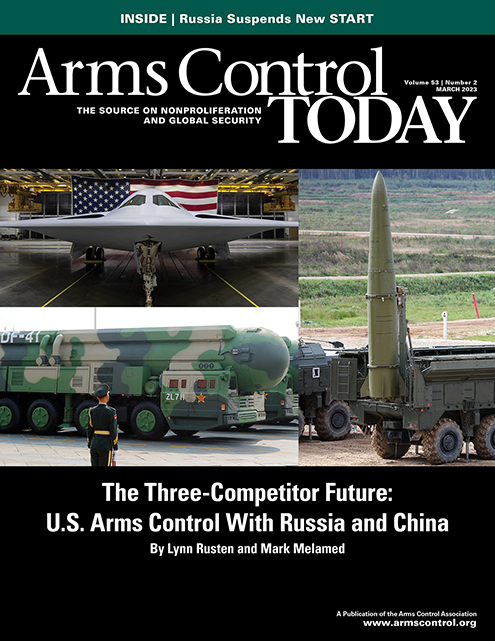
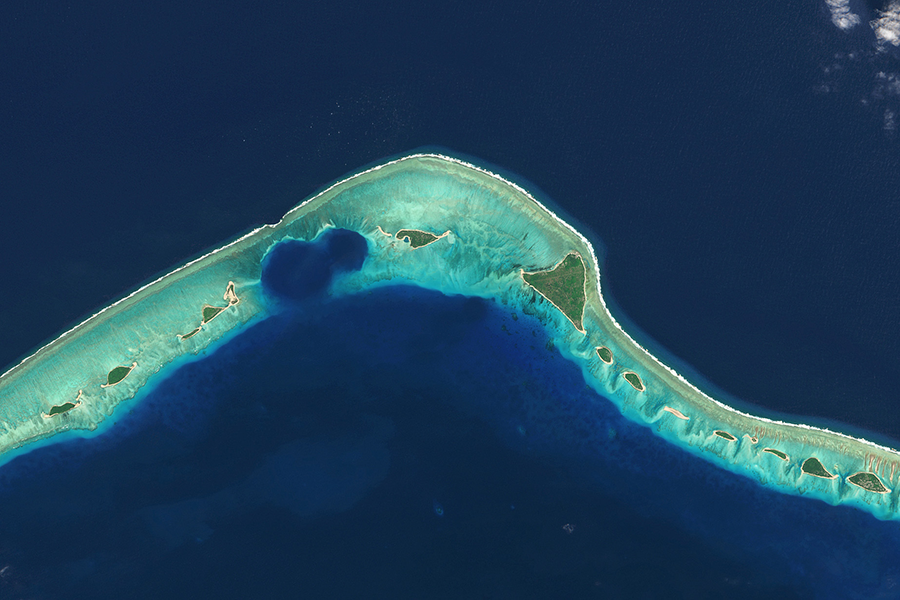 Joseph Yun, special envoy for compact negotiations, signed the MOU for the United States and Minister of Foreign Affairs and Trade Kitlang Kabua signed for the Marshall Islands on Jan. 12 in Los Angeles. That same day, the United States also signed an MOU for a new compact with the island nation of Palau. On Feb. 10, the United States signed a similar MOU with the Federated States of Micronesia.
Joseph Yun, special envoy for compact negotiations, signed the MOU for the United States and Minister of Foreign Affairs and Trade Kitlang Kabua signed for the Marshall Islands on Jan. 12 in Los Angeles. That same day, the United States also signed an MOU for a new compact with the island nation of Palau. On Feb. 10, the United States signed a similar MOU with the Federated States of Micronesia.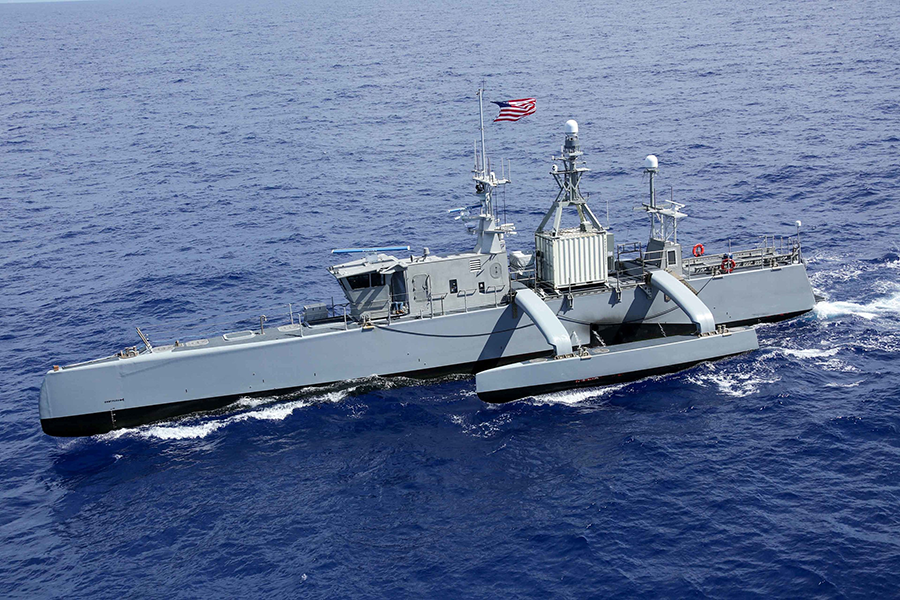 The original version of directive 3000.09, “Autonomy in Weapons Systems,” was published in 2012. Since then, the Pentagon has made considerable progress in using artificial intelligence (AI) to endow unmanned combat platforms with the capacity to operate autonomously and now seems keen to accelerate their deployment.
The original version of directive 3000.09, “Autonomy in Weapons Systems,” was published in 2012. Since then, the Pentagon has made considerable progress in using artificial intelligence (AI) to endow unmanned combat platforms with the capacity to operate autonomously and now seems keen to accelerate their deployment.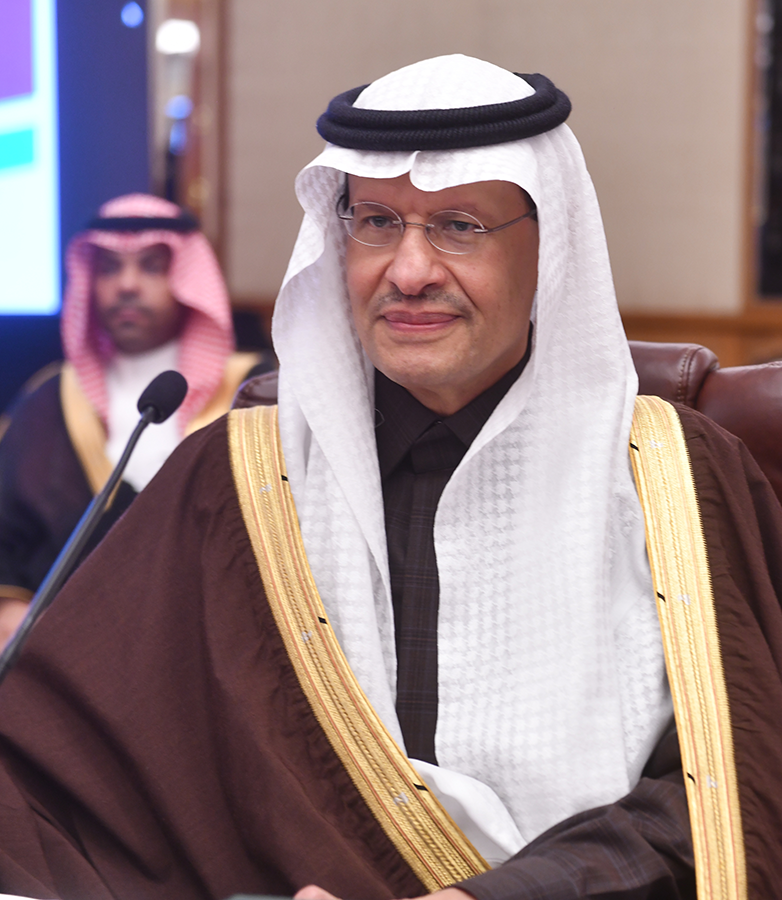 He said the process would include “the production of yellowcake, low enriched uranium and the manufacturing of nuclear fuel both for our national use and of course, for export,” Reuters reported.
He said the process would include “the production of yellowcake, low enriched uranium and the manufacturing of nuclear fuel both for our national use and of course, for export,” Reuters reported.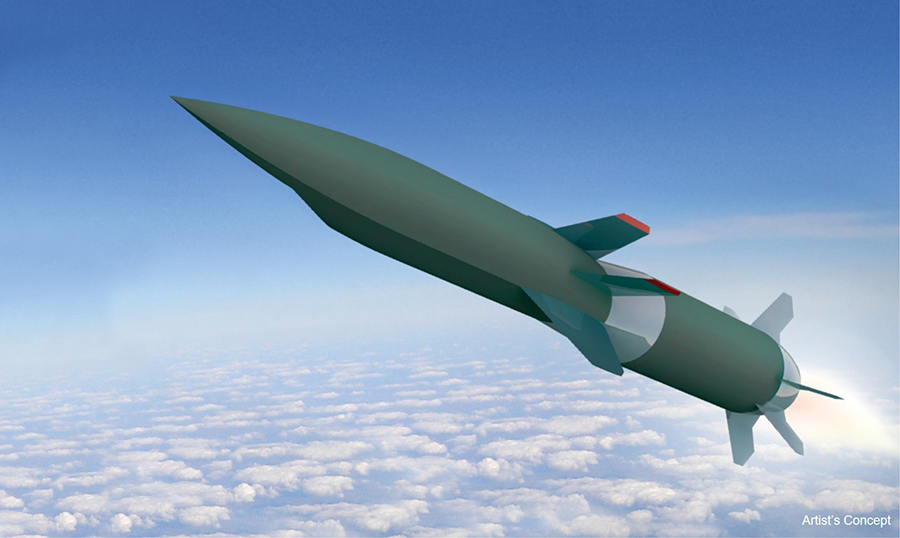 “This month’s flight added an exclamation point to the most successful hypersonic air-breathing flight-test program in U.S. history,” boasted Walter Price, an Air Force deputy for the HAWC program, on Jan. 30.
“This month’s flight added an exclamation point to the most successful hypersonic air-breathing flight-test program in U.S. history,” boasted Walter Price, an Air Force deputy for the HAWC program, on Jan. 30. The missiles, which can hit targets up to 1,600 kilometers away, will bring Chinese and North Korean military bases within Japanese striking range.
The missiles, which can hit targets up to 1,600 kilometers away, will bring Chinese and North Korean military bases within Japanese striking range.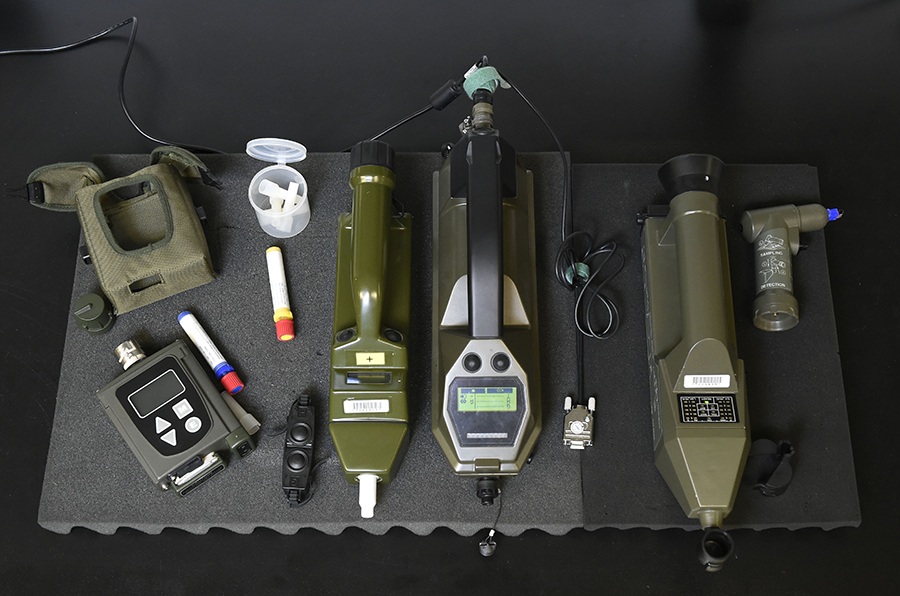 In a Jan. 27 report, the Investigation and Identification Team (IIT) of the Organisation for the Prohibition of Chemical Weapons (OPCW) concluded that there were “reasonable grounds” to believe that the Syrian military dropped two yellow chlorine cylinders on two apartment buildings in Douma, Syria, on April 7, 2018.
In a Jan. 27 report, the Investigation and Identification Team (IIT) of the Organisation for the Prohibition of Chemical Weapons (OPCW) concluded that there were “reasonable grounds” to believe that the Syrian military dropped two yellow chlorine cylinders on two apartment buildings in Douma, Syria, on April 7, 2018.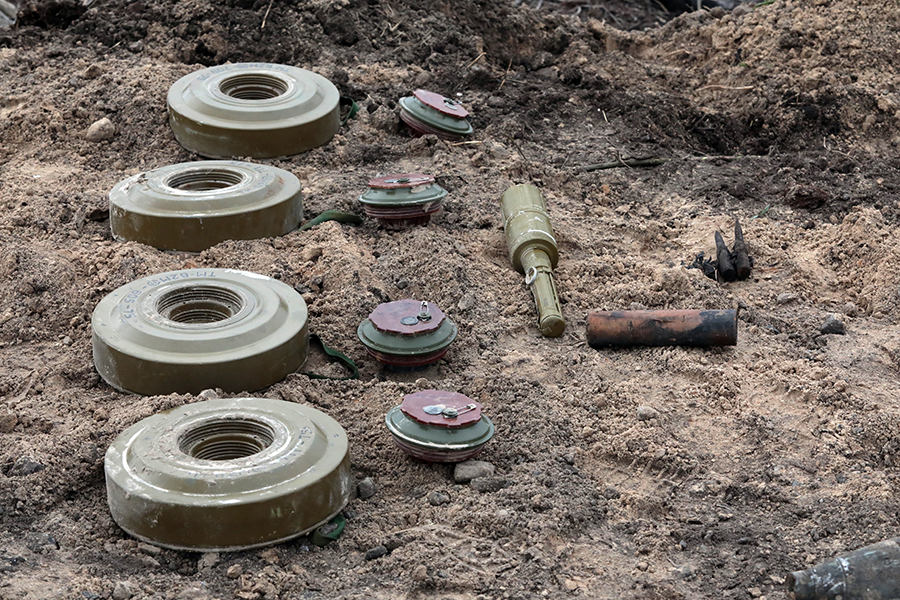 Ukraine “took note” of the report, “which will be duly studied by the competent authorities of Ukraine,” the ministry said in a Jan. 31 statement. It insisted that Ukraine “fully implements its international obligations while Russian occupants commit the war crimes, crimes against humanity and genocide of the Ukrainian people.”
Ukraine “took note” of the report, “which will be duly studied by the competent authorities of Ukraine,” the ministry said in a Jan. 31 statement. It insisted that Ukraine “fully implements its international obligations while Russian occupants commit the war crimes, crimes against humanity and genocide of the Ukrainian people.” Saving the World from Nuclear War: The June 12, 1982, Disarmament Rally and Beyond
Saving the World from Nuclear War: The June 12, 1982, Disarmament Rally and Beyond